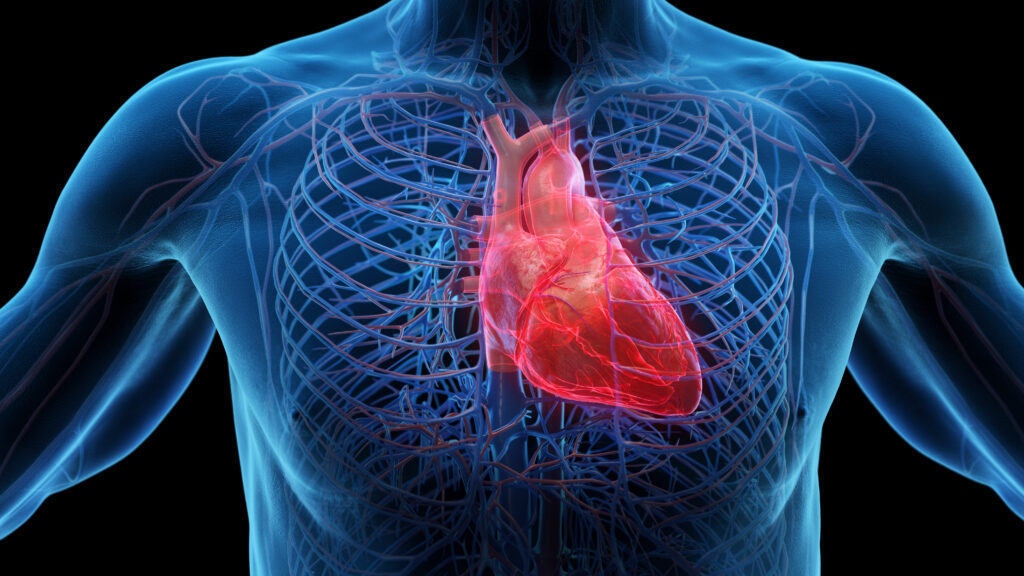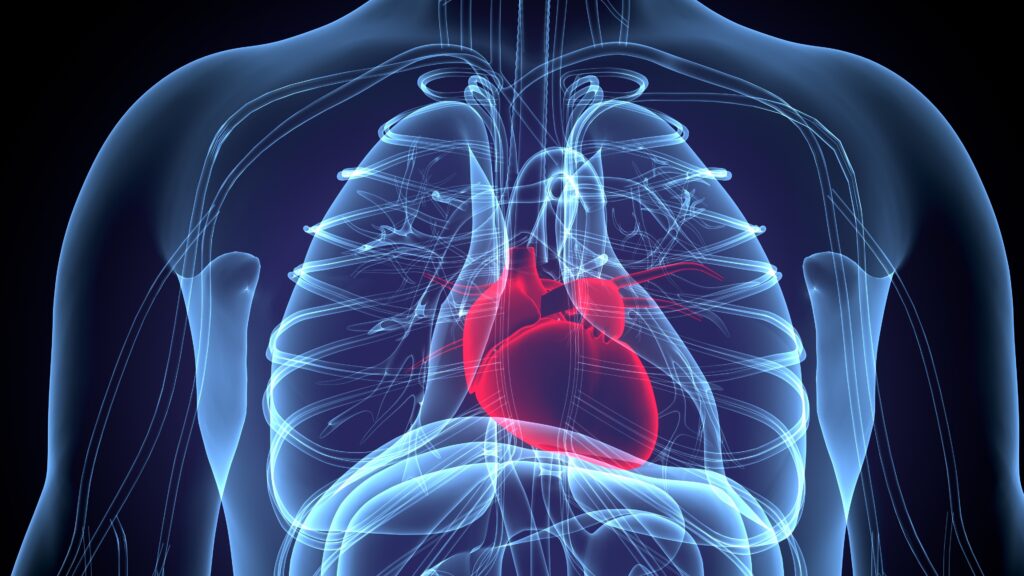Drug-eluting stents appear superior to bare metal stents for vein-graft PCI in vessels up to a stent diameter of 4 mm
Abstract
Overview
Background. Research trials have shown improved short-term outcome with drug-eluting stents (DES) over bare
metal stents (BMS) in saphenous vein graft (SVG) percutaneous coronary intervention (PCI), primarily by reducing
target vessel revascularization (TVR) for in-stent restenosis. We compared the outcomes in patients undergoing
SVG stent implantation treated with DES or BMS. In exploratory analyses we investigated the influence of stent
generation and diameter.
Methods. Data were obtained from a prospective database of 657 patients who underwent PCI for SVG lesions
between 2003 and 2011. A total of 344 patients had PCI with BMS and 313 with DES. Propensity scores were developed
based on 15 observed baseline covariates in a logistic regression model with stent type as the dependent
variable. The nearest-neighbour-matching algorithm with Greedy 5-1 Digit Matching was used to produce two patient
cohorts of 313 patients each. We assessed major adverse cardiac events (MACE) out to a median of 3.3 years
(interquartile range: 2.1-4.1). MACE was defined as all-cause mortality, myocardial infarction (MI), TVR and stroke.
Results. There was a significant difference in MACE between the two groups in favour of DES (17.9% DES vs.
31.2% BMS group; p = 0.0017) over the 5-year follow-up period. MACE was driven by increased TVR in the BMS
group. There was no difference in death, MI or stroke. Adjusted Cox analysis confirmed a decreased risk of MACE
for DES compared with BMS 0.75 (95% confidence interval (CI) 0.52-0.94), with no difference in the hazard of allcause
mortality (hazard ratio: 1.08; 95% CI: 0.77-1.68). However, when looking at stent diameters greater than
4 mm, no difference was seen in MACE rates between BMS and DES.
Conclusions. Overall in our cohort of patients who had PCI for SVG disease, DES use resulted in lower MACE rates
compared with BMS over a 5-year follow-up period; however, for stent diameters over 4 mm no difference in
MACE rates was seen.
Keywords
Bare metal stent, Drug-eluting stent, Percutaneous intervention, Stroke, Target vessel revascularisation, Venous graft
Article Information
Disclosure
Financial support: No grants or funding have been received for this
study.
Correspondence
Dr. Roshan Weerackody Barts Heart Centre Barts Health NHS Trust West Smithfield EC1A 7BE, London, UK Roshan.weerackody@bartshealth.nhs.uk
Further Resources

Trending Topic
Welcome to this issue of Heart International. As ever, we aim to provide our readers with the latest developments, insights, and evidence-based discussions in cardiovascular care. This edition is particularly poignant, as we begin with a heartfelt tribute to an influential figure in interventional cardiology and a cherished member of our editorial board, Dr Richard […]
Related Content in Interventional Cardiology

Forty-seven years ago, Andreas Gruentzig introduced ‘percutaneous transluminal coronary angioplasty’ (PTCA) as a new approach to treating symptomatic occlusive coronary artery disease.1 The mechanism of balloon angioplasty (BA) formed the foundation around which newer equipment and technologies were developed, including ...

Tricuspid regurgitation (TR) is a frequent finding on echocardiography, with detection rates reaching up to 86% across the different ranges of severity, with moderate or greater TR being reported in at least 6–8% of patients.1–3 The prevalence of TR increases with age, ...

Cardiovascular diseases are the most common cause of mortality and morbidity in adults worldwide.1 Coronary angiography (CAG) is the gold standard method for evaluating atherosclerotic coronary artery disease (CAD).2 It is conventionally performed via the trans-femoral (TF) route. Recently, however, ...

We are sorry to announce the death of one of our valued editorial board members, Dr Richard Heuser (November 17, 1950–May 23, 2024). Richard R Heuser, MD, FACC, FACP, FESC, MSCAI, was an internationally recognized cardiologist, inventor, educator and author, and was a ...

Welcome to the summer issue of Heart International. We are excited to present a collection of insightful articles that delve into various aspects of cardiovascular health and related interventions. This issue encompasses a wide array of topics, from novel treatment ...

Clinically relevant tricuspid regurgitation (TR) is a common disorder, affecting approximately 4% of people 75 years of age or older.1 If left untreated, severe TR results in volume overload and right ventricular remodelling. This eventually leads to symptomatic right-sided heart failure, along ...

In this issue of Heart International, we are delighted to present a collection of insightful articles that encompass a wide spectrum of topics within the field of cardiovascular medicine. As we navigate the landscape of cardiovascular disease, heart failure, preventative ...

For decades, right ventricular pacing (RVP) has been the leading pacing technique and has been proven to be effective in treating patients with symptomatic bradycardia. However, dyssynchrony caused by non-physiological ventricular activation results in pacing-induced cardiomyopathy occurs in approximately 15% of ...

Welcome to the latest issue of Heart International. This edition includes a range of articles on topics showcasing the latest advances in our understanding and treatment of cardiovascular disease. We begin with focus on the hereditary cardiac disorder, hypertrophic cardiomyopathy, ...

A significant proportion of patients with atrial fibrillation (AF) who have a high stroke risk are currently being treated with oral anticoagulation (OAC), including direct oral anticoagulants (DOACs) and vitamin K inhibitors (VKAs).1 It is well known that the increased ...

The American Diabetes Association (ADA) defines prediabetes as glycated haemoglobin (HbA1c) 5.7–6.4% or fasting plasma glucose (FPG) 100–125 mg/dL or 5.6–6.9 mmol/L.1 Patients with prediabetes have up to a 70% chance of developing diabetes and a two-fold higher risk of cardiovascular ...

Mitral valve (MV) disease includes either mitral regurgitation or mitral stenosis or both. The incidence and prevalence of valvular heart disease is increasing with the increasing population age. Degenerative MV disease poses a global burden with a prevalence of 18.1 million ...
Latest articles videos and clinical updates - straight to your inbox
Log into your Touch Account
Earn and track your CME credits on the go, save articles for later, and follow the latest congress coverage.
Register now for FREE Access
Register for free to hear about the latest expert-led education, peer-reviewed articles, conference highlights, and innovative CME activities.
Sign up with an Email
Or use a Social Account.
This Functionality is for
Members Only
Explore the latest in medical education and stay current in your field. Create a free account to track your learning.

